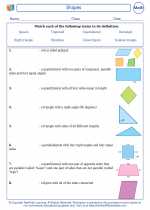Precipitation
Precipitation is the process by which water, in the form of rain, snow, sleet, or hail, falls from the atmosphere to the Earth's surface. It is a key component of the Earth's water cycle, which involves the continuous movement of water between the Earth's surface and the atmosphere.
Types of Precipitation
There are several types of precipitation, including:
- Rain: Liquid water droplets that fall from clouds when the temperature is above freezing.
- Snow: Frozen water crystals that form in clouds and fall to the ground when the temperature is below freezing.
- Sleet: Small ice pellets that form when raindrops pass through a layer of cold air and freeze before reaching the ground.
- Hail: Large, frozen raindrops that are formed in severe thunderstorms with strong updrafts.
Factors Affecting Precipitation
Several factors can affect the type and amount of precipitation that falls in a particular area. These factors include:
- Temperature: The temperature determines whether precipitation will fall as rain, snow, sleet, or hail.
- Humidity: The amount of water vapor in the air affects the likelihood of precipitation occurring.
- Wind patterns: Wind can transport clouds and moisture to different regions, influencing where precipitation occurs.
- Topography: The physical features of the land, such as mountains and valleys, can influence precipitation patterns by causing air to rise and cool, leading to the formation of clouds and precipitation.
Measurement of Precipitation
Precipitation is measured using instruments such as rain gauges, snow gauges, and weather radar. The amount of precipitation that falls in a specific area over a given period of time is usually expressed in inches or millimeters of water.
Study Guide
To help you study and understand the concept of precipitation, consider the following study guide:
- Define precipitation and describe its role in the water cycle.
- List and explain the different types of precipitation.
- Discuss the factors that can affect precipitation in a specific region.
- Explain the methods used to measure precipitation.
- Conduct experiments or observations to track and measure precipitation in your local area.
By mastering the concept of precipitation, you'll gain a deeper understanding of the Earth's water cycle and the impact of weather patterns on the environment.
.◂Math Worksheets and Study Guides Fourth Grade. Shapes
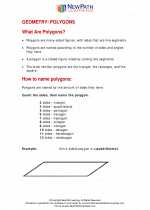
 Worksheet/Answer key
Worksheet/Answer key
 Worksheet/Answer key
Worksheet/Answer key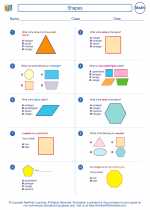
 Worksheet/Answer key
Worksheet/Answer key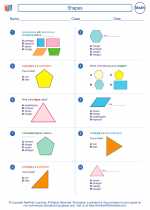
 Worksheet/Answer key
Worksheet/Answer key
 Worksheet/Answer key
Worksheet/Answer key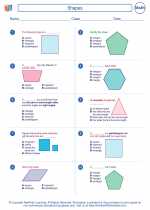
 Worksheet/Answer key
Worksheet/Answer key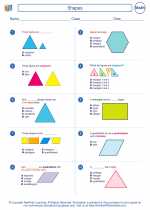
 Worksheet/Answer key
Worksheet/Answer key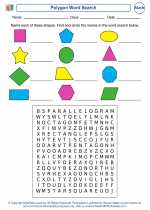
 Worksheet/Answer key
Worksheet/Answer key
 Worksheet/Answer key
Worksheet/Answer key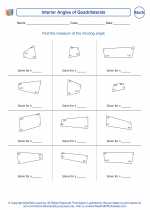
 Worksheet/Answer key
Worksheet/Answer key
 Worksheet/Answer key
Worksheet/Answer key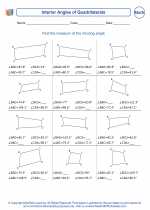
 Vocabulary/Answer key
Vocabulary/Answer key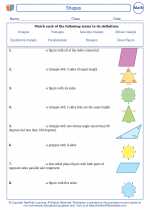
 Vocabulary/Answer key
Vocabulary/Answer key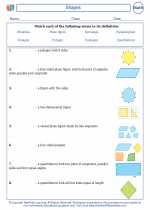
 Vocabulary/Answer key
Vocabulary/Answer key